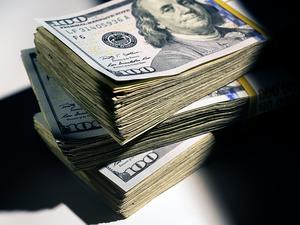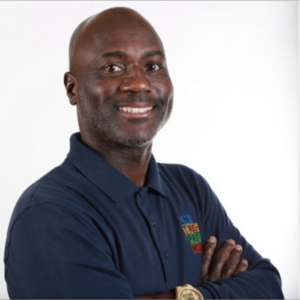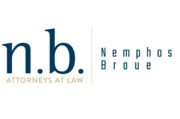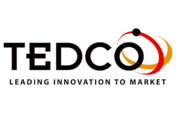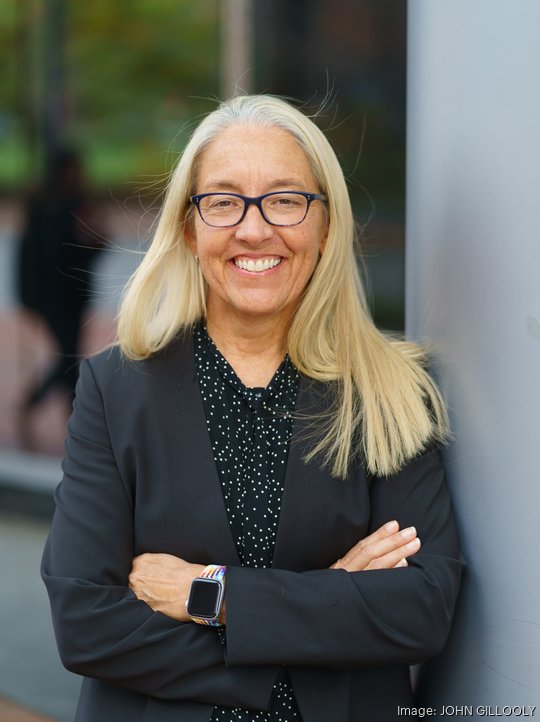
A Johns Hopkins University spinout has hired a new CEO as it works to commercialize an application that turns a regular Apple Watch into a device that detects seizures.
EpiWatch announced that Teresa Prego has taken over the top role from founder Dean Papadopoulos, who will remain with the company as chief strategist. The executive change comes as the startup prepares to submit a completed clinical trial to the U.S. Food and Drug Administration. If the company earns FDA approval, it could get its application covered by insurance, opening up a market of potentially millions of epilepsy patients.
To reach that launch, the company raised $1.5 million last year to pay for a clinical trial. Prego said she plans to raise an additional $1.5 million this year to get the company through the regulatory process. She thinks the firm can raise money from larger institutional investors in the future if the federal government approves the technology.
“There are other health products out there that run on an Apple Watch, but they aren’t FDA-cleared,” Prego said. "We think it’s important because it shows that it's a medical institution."
EpiWatch can detect tremors in a patient's arm to determine if they are having a grand mal seizure. The application can also help people understand what triggers their seizures by creating a log of when seizures happen and reminding them to take their seizure medication. According to the Centers for Disease Control and Prevention (CDC), around 3.4 million people, or 1.2% of the population in the United States, have epilepsy.
Prego has experience getting products to the market. She previously worked for several health care startups in Massachusetts on products for patients with diseases like Parkinson's and epilepsy. Several of the companies she worked with were acquired by larger firms.
The fact that EpiWatch runs on an Apple Watch is key to Prego. Many medical devices used for the management of diseases like epilepsy require custom hardware, which is often expensive to produce and uncomfortable for patients to wear.
Medical devices can signal that a person has a chronic illness so patients wary of the stigma that comes with having a condition like epilepsy are less likely to use them, Prego said. This can especially impact children with the condition.
“We find that people are initially excited about it, but if I’m wearing a watch for Parkinson's, there’s a fatigue where [patients] don’t want people to know they have this disease,” Prego said.
Prego views EpiWatch’s customer base as a mix of individual patients interested in the product as well as doctors or epilepsy centers. To take full advantage of that market, EpiWatch needs to get insurance to reimburse downloads of the application. Insurance companies have been covering more treatments outside of drugs and prescribed therapies, such as applications or wearable devices like EpiWatch. Health care institutions have also been willing to subsidize the price of the Apple Watch if people meet certain fitness goals.
Other Baltimore companies are also trying to use smartphones and other popular devices as health care tools. B. well Connected Health raised $40 million shortly after launching a partnership with Samsung to put its application onto millions of phones. Maryland Inno Under 25 award winner Rebecca Rosenberg’s company, ReBokeh, is using smartphones to help people with impaired vision.

